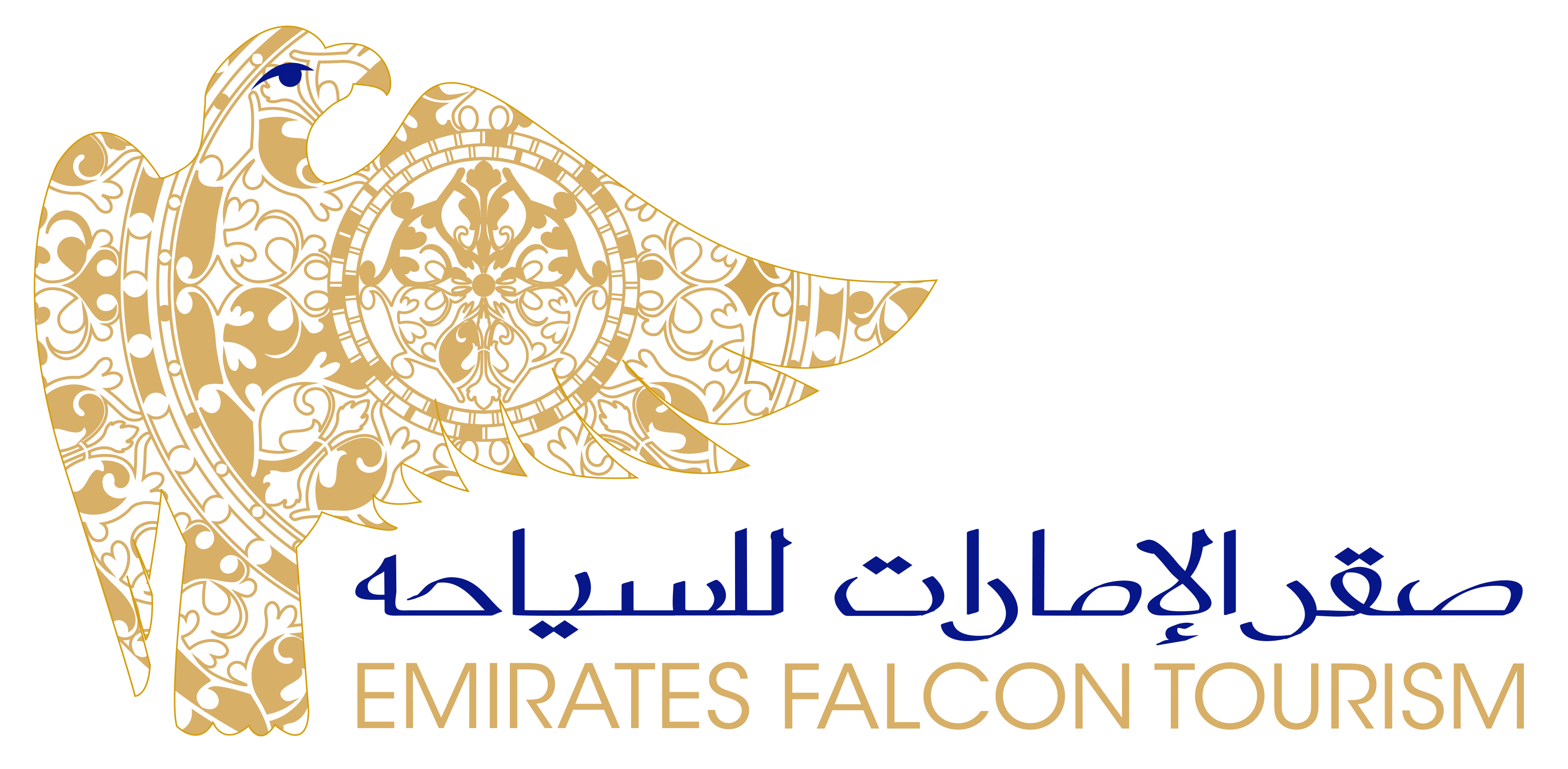NIZWA, the beautiful Nature & the Fort
Once upon a time, Nizwa was...
Nizwa was once a center of trade, religion, education and art. Set amid a verdant spread of date palms, it is strategically located at the crossroads of routes linking the interior with Muscat and the lower reaches of Dhofar thus serving as the link for a large part of the country. Today, Nizwa is a diverse prosperous place with numerous agricultural, historical and recreational aspects.
DID YOU KNOW ?
Nizwa was the ancient Omani capital. Located in a large oasis irrigated by the Falaj Daris river, at the meeting of the caravan routes from the North and the South, Nizwa has always controlled the trade routes. It has one of the oldest mosques in the world
Falaj Daris a World Heritage Site, is the largest falaj in Oman and is the life maintainer of Nizwa.
KEY PLACES
- Nizwa Fort was built in the 1668 AD by Imam Sultan Bin Saif Al Ya'rubi. It is Oman's most visited national monument.
- Nizwa Souq: Its building embraces both traditional and modern architectural lines. The city, famous for its handicrafts and agricultural products, has an expansive souq with an array of products. Nizwa is renowned for its silver jewelry, which is considered to be the best in the country
- Jebel Akhdar meaning "the Green Mountain", is part of the Al Hajar Mountains range in Oman, which extends about 300 km northwest to southeast, between 50-100 km inland from the Gulf of Oman coast. It is one of Oman’s most spectacular areas.
- Falaj Daris provides the surrounding countryside with much needed water for the plantations.
- Al Ghantuq and Dhoot are two other important falajs in Nizwa.
- A short drive from Nizwa centre is the old village of Tanuf, known for its seasonal waterfalls. Waterfalls in Tanuf are unique to the area within the steep mountainsides and the water reservoir.

